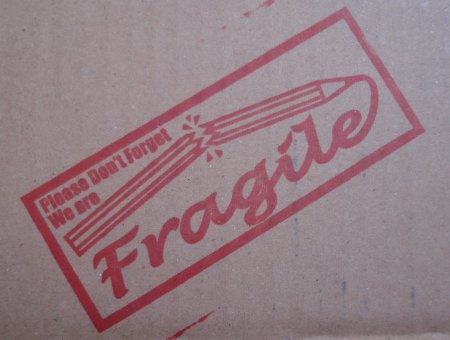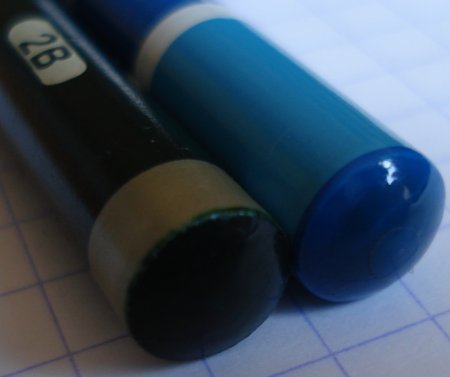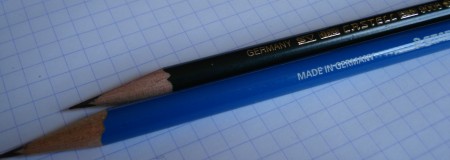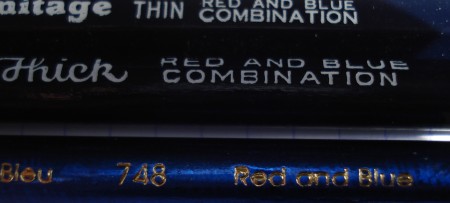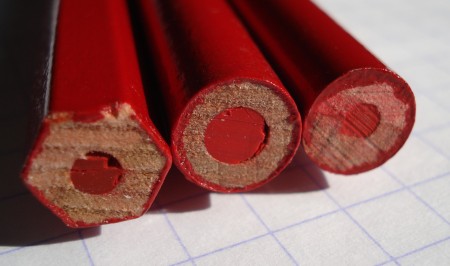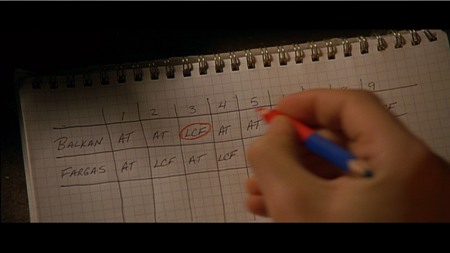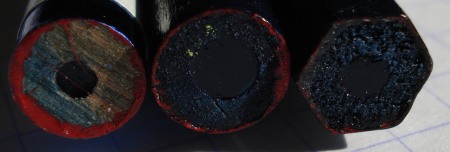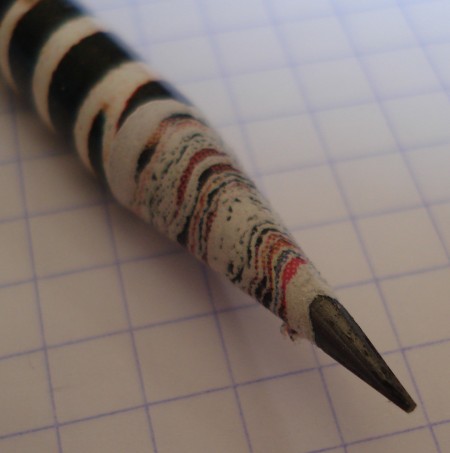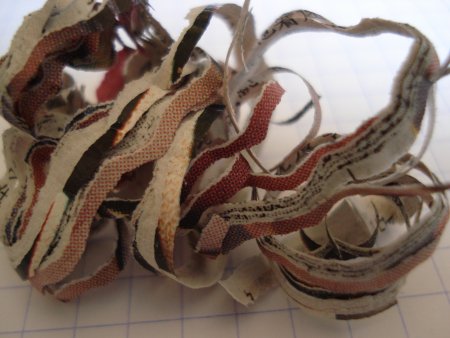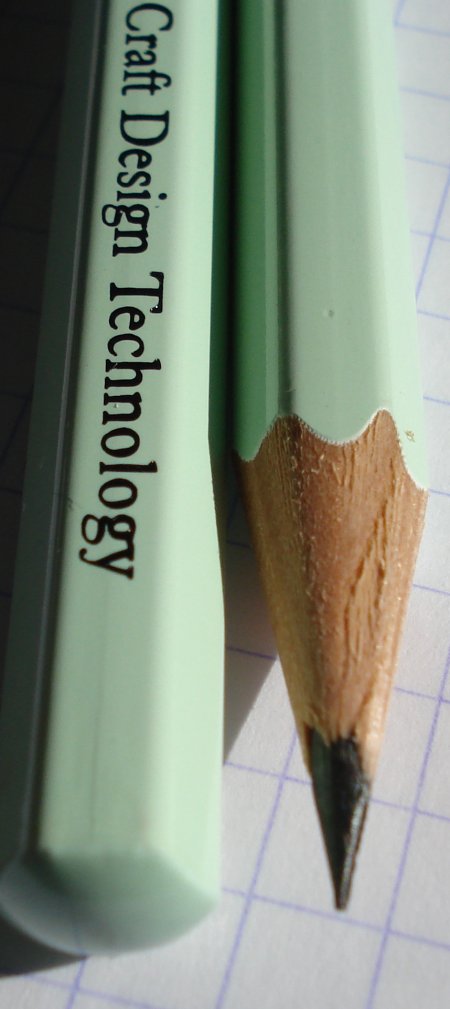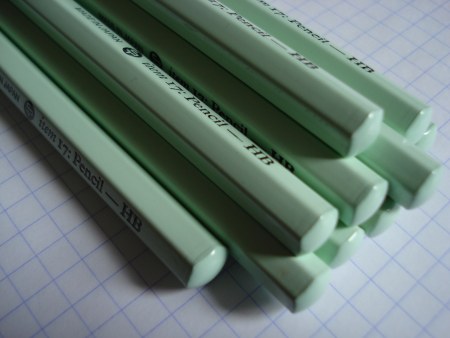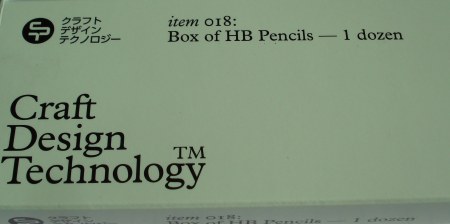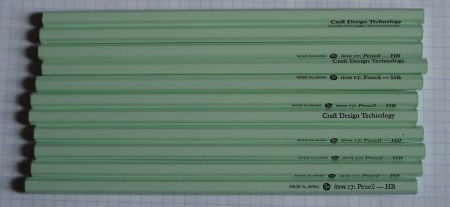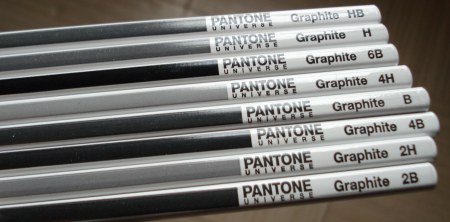
Graphics professionals know the name Pantone. And the Pantone accessory they will soon be wanting is the Pantone Universe Graphite pencil.
The pencil is part of the Pantone Universe consumer product line, which includes notebooks and business accessories. The line launched in 2005, and is still introducing products.
The pencils are made for Pantone in Japan (manufacturer unknown).

There are several striking aspects to the pencil. The first is that the pencil comes in a range of grades, with each pencil painted with a correspondingly dark swatch of graphite grey. The overall look is amazing – it is just like a professional colour swatch, in graphite shades, but presented on pencils.
I predict these will become very popular when they receive broader distribution.
The pencils are black and grey on white. A great scheme and idea that emphasizes the pencil’s core function, they do look fantastic.
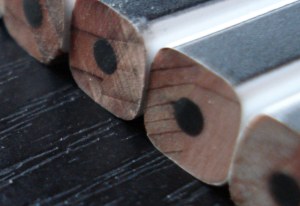
The shape is a rounded square. This makes me fear that these may be a type of novelty or promotional pencil. Yet there is a corresponding colour pencil set, and they come in a wide range of grades, which is not the norm for a novelty item. It’s also a commercial product, and I doubt that even with the great graphics, Pantone would release a non-functioning pencil.
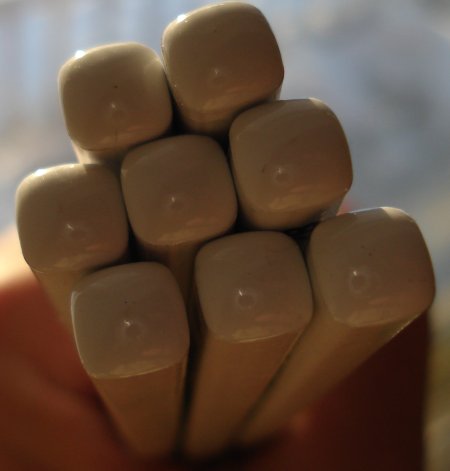
They require a different sort of grip, and I can’t say that I found them comfortable after brief use, nor would I want to put too much effort into adaptation. Yet, depending on what you’re doing and how you like to hold a pencil, they may be fine.
They are a real joy. Pantone should consider giving these away as a bonus with their more expensive products. What a collector’s item they would become!

